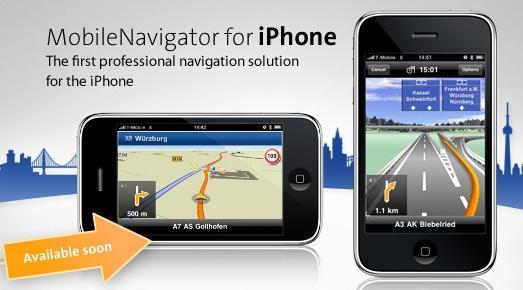
If you are using a smartphone, then you probably have a few applications downloaded onto your phone. Whether it’s a slew of apps to help you better organize your life, an app to keep track of your favorite sports teams from across the country, or just a bunch of games, there’s a chance that you probably spent at least a little bit of money to get your fingertips access to them. And as you look through your phone sometimes, scrolling through the many different apps you’ve got installed, do you ever find yourself looking at an application you threw some hard-earned cash down for, and regretting the purchase?
Buyer’s remorse isn’t new to the consumer. We usually love buying something new, especially when it’s something that we can get some genuine use out of. When you bought your new smartphone, you were probably too excited to put it down for quite some time. And if you had been waiting to get your hands on an application that you had heard about or seen on someone else’s phone, you probably went right to the proper digital storefront to buy it and download it onto your phone. Unfortunately, there’s no set price for any one particular kind of application, so prices can range from free to close to $100. Spending anything above $10 for an application is probably likely to cause some buyer’s remorse for some folks out there, and that’s probably perfectly understandable.
As I navigate through the different application venues out there, I can’t help but notice that it seems that the general mid-point for games’ pricing is about $5. This is peppered with many, many games priced lower than five dollars, while there are a few out there that show off a pretty hefty price tag. Specifically, it seems that games developed by high-profile developers are priced higher than games developed by smaller studios (or individuals). What’s unfortunate about this is the fact that while these high-profile games may have something going for them in technology or visuals, when compared to games developed by less high-profile studios, they may actually be shorter or less fun to play. So we aren’t paying the extra money for content, in some cases. Instead, we’re paying more for a developer.
Productivity applications are a different story altogether. While some are free, it’s a rarity, especially in one or two application venues. Spending money for an application that will help you manage your finances isn’t uncommon, and prices range pretty broadly. But, at the top of the pile are the GPS navigation applications. A quick search through these apps and you can see that while several of them range from 99 cents to $5, the outliers are $39 or $59. Some would argue that paying the money for a GPS navigation app that costs $59 means you’ll get an app that works the way it should, and you’ll also have extra features tucked inside for good measure.
I know people who have yet to put their credit card information into their respective digital storefront, because they hate buying applications in such a manner. It may seem silly, but these folks have managed to keep their phones filled with applications that didn’t cost them a cent, and they seem pretty happy about it. They may be missing the high-profile games or the feature-rich applications, but that doesn’t seem to bother them all that much. It’s not something that I can personally say I’ve tried, as I’m someone who has bought the same application multiple times on multiple platforms.
So what’s the most you’re willing to pay for a game on your smartphone? How about a productivity or GPS navigation app? Have you ever suffered from buyer’s remorse after downloading an application? Let me know in the comments below.